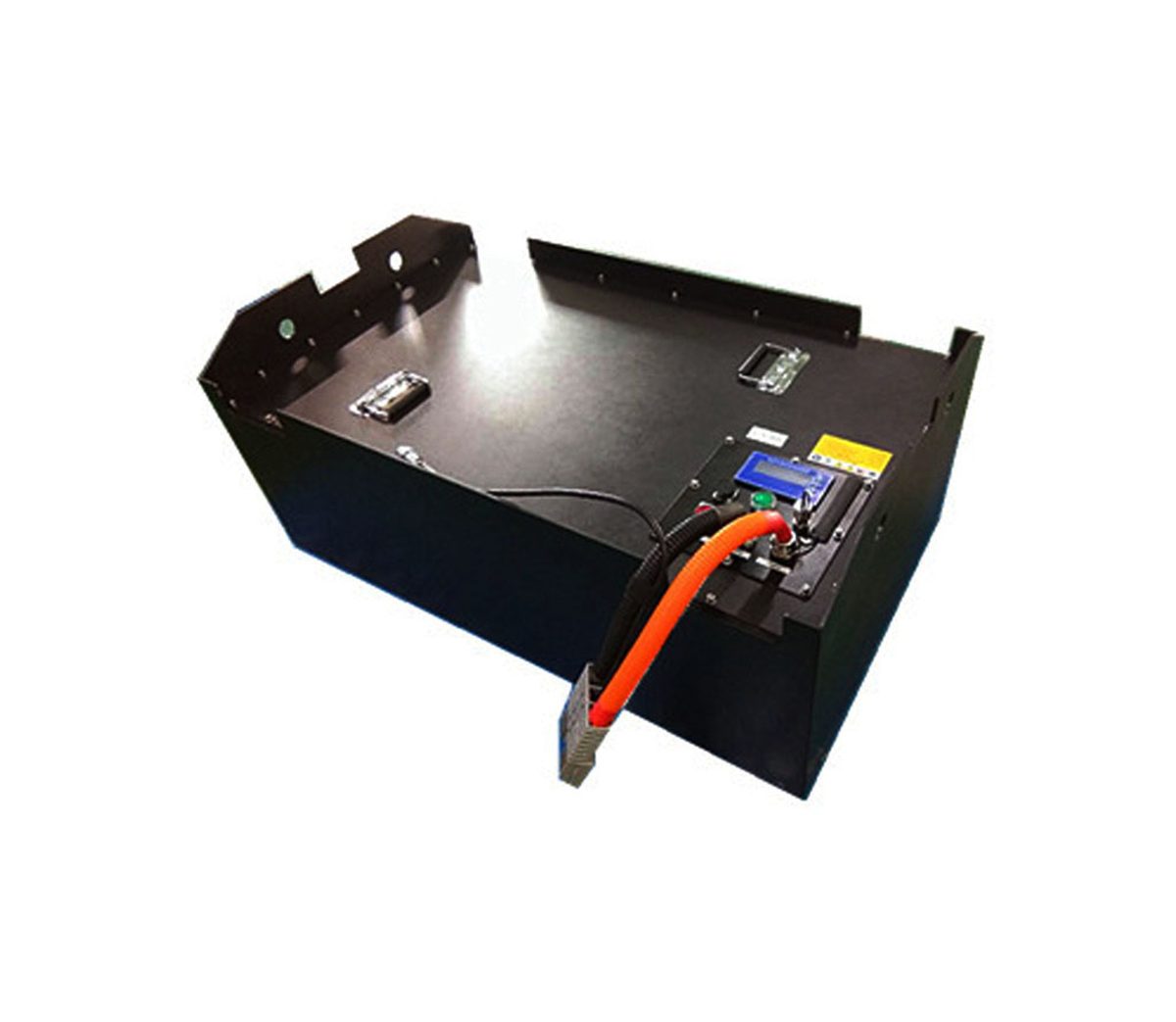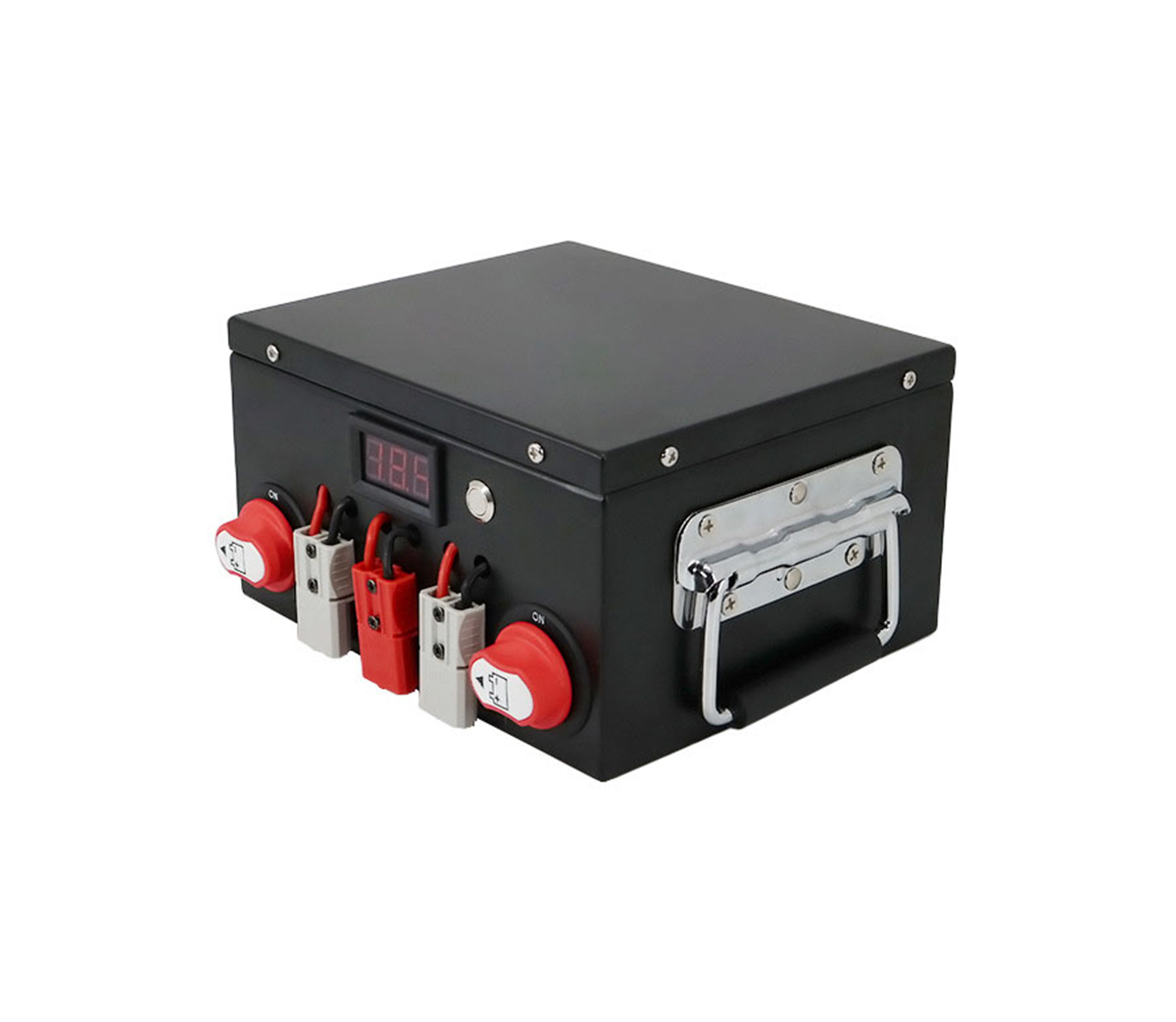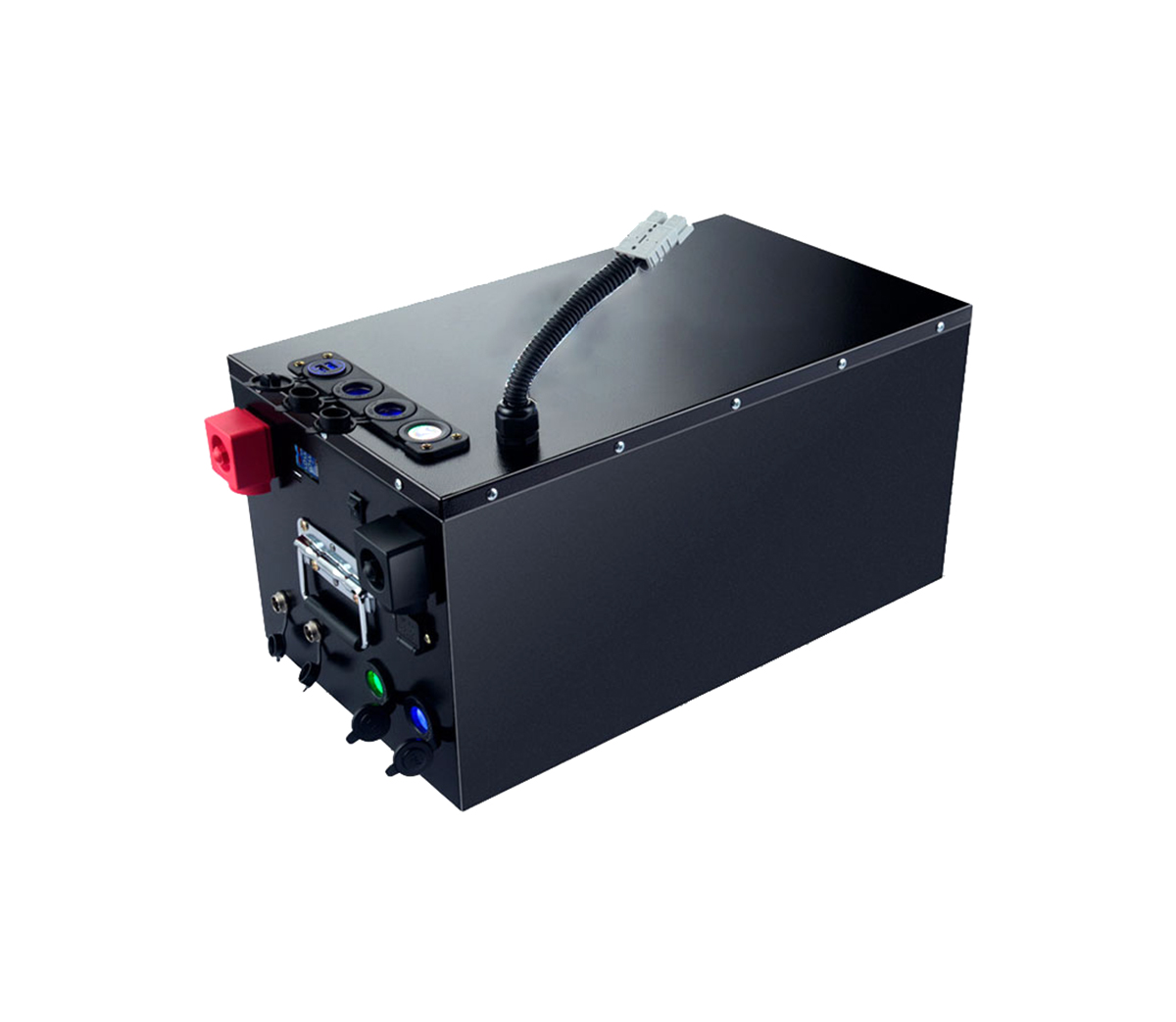Introduction to the research progress of graphene preparation by liquid
phase exfoliation
Graphite is composed of many graphene sheets stacked together by van der
Waals forces. Functionalized graphene and its derivatives have a wide range of
applications, such as energy storage materials, polymer composite materials,
liquid crystal devices, and mechanical resonators.
According to existing literature reports, the preparation methods of
graphene include mechanical exfoliation, thermal reduction, epitaxial growth,
chemical vapor deposition, electrochemical preparation, carbon tube splitting,
redox and so on. The country's current large-scale graphene preparation methods
are mainly redox method and chemical vapor deposition (CVD). Each method has its
own advantages and disadvantages, but the same disadvantage is that it cannot
produce defect-free graphene with high yield and low cost.
In order to solve the above-mentioned problems, it is a very promising
method to directly exfoliate and prepare graphene in the liquid phase using
low-priced and abundant natural graphite as a raw material.
In 2008, Coleman produced single-layer and few-layer graphene for the first
time in different solvents under the action of ultrasound, and characterized
that the prepared graphene contained neither oxides nor structural defects, and
maintained intact performance. The application is not restricted.
This method has a certain impetus to the preparation and application of
graphene. At present, the preparation of graphene by the liquid phase direct
exfoliation method can be divided into organic solvent system, water-surfactant
system and ionic liquid system according to the exfoliation system; according to
the preparation equipment, it can be divided into ultrasonic, high-speed shear
and supergravity. In this paper, the current research status of graphene
preparation by liquid phase exfoliation method is systematically reviewed.
1 Selection principle of graphite exfoliation system
Graphite itself is a lipophilic and hydrophobic material. To achieve
exfoliation, it must first be compatible with the solvent of the system. The
exfoliation of graphite often occurs where the grid energy is the smallest, that
is, where the mixing enthalpy is the smallest. The relational expression of the
mixing enthalpy of graphene per unit volume of solvent is (it is known that the
surface tension of graphene is about 40-50 mN/m).
(1) In the formula: EGsur is the surface energy of graphene; Esolsur is the
surface energy of the solvent; Tflake is the thickness of the graphene sheet; Φ
is the volume fraction of graphene.
It can be seen from formula (1) that the closer the surface energy of
graphene is to the surface energy of the solvent, the easier it is for graphene
to peel off. Therefore, a solvent or system similar to the surface energy of
graphene can be selected to peel off graphene.
2Exfoliation of graphite in different systems
2.1 Organic solvent system
Hamilton et al. found that graphene can also be exfoliated from graphite in
o-dichlorobenzene (ODCB). Using three different graphites as raw materials,
synthesize microcrystalline graphite, thermally expandable graphite and highly
oriented pyrolytic graphite, respectively disperse them in o-dichlorobenzene and
ultrasonically treat them, and finally obtain a dispersion with thermally
expandable graphite as the raw material, with the highest mass concentration It
is 0.03mg/mL, and the mass concentration of the other two dispersions is
0.02mg/mL. The surface tension of o-dichlorobenzene is 36.6mN/m, which can be
inserted into graphene through the stacking of π-π bonds, thereby exfoliating
graphite to prepare graphene.
"The other category is perfluorinated aromatic molecules, including
hexafluorobenzene (C6F6), octafluorotoluene (C6H5CF3), pentafluorobenzonitrile
(C6F5CN), and pentafluoropyridine (C5F5N). The concentration of graphene
obtained in these solutions from small to large is C6H5CF3≈C5F5N


































